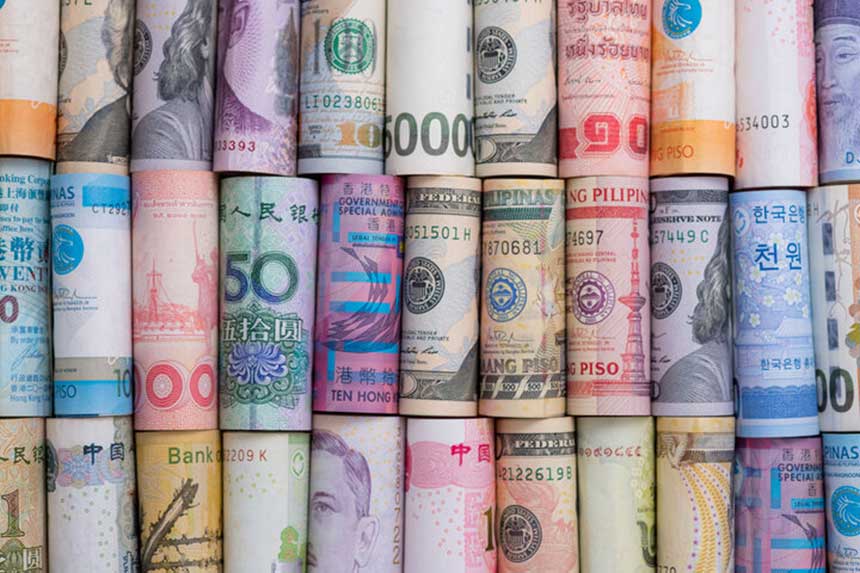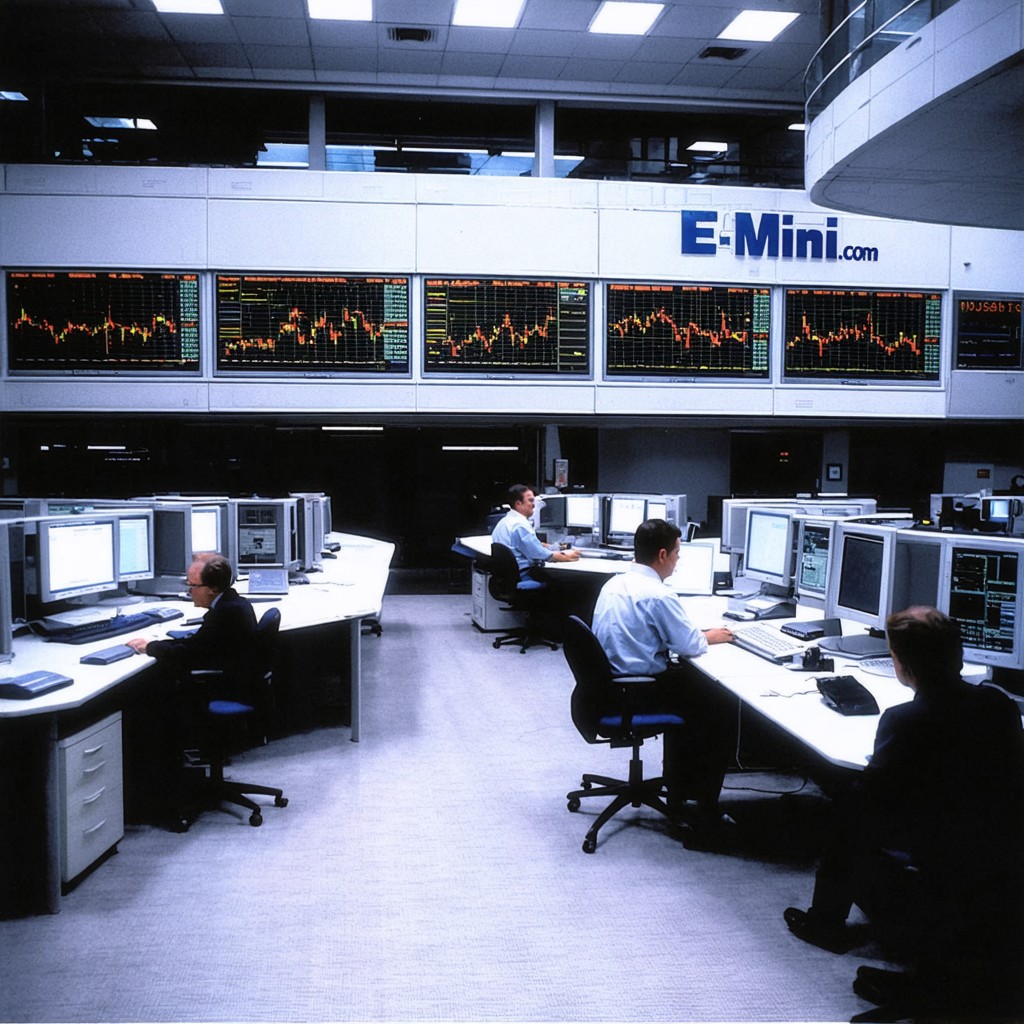Currency futures are standardized contracts that specify the exchange rate of one currency for another at a future date. Unlike spot forex trading, which involves the immediate exchange of currencies, futures contracts are agreements to buy or sell a particular currency at a set price on a specific future date. These contracts are traded on exchanges such as the Chicago Mercantile Exchange (CME) and the Intercontinental Exchange (ICE), providing a regulated environment with transparency and counterparty risk management.
Available Currency Futures Contracts
Chicago Mercantile Exchange (CME)
The CME offers a variety of currency futures contracts, catering to different needs of traders and institutions. Some of the prominent contracts include:
- Euro FX (6E)
-
- Contract Size: €125,000
- Tick Size: $12.50 (0.0001 per Euro)
- British Pound (6B)
-
- Contract Size: £62,500
- Tick Size: $6.25 (0.0001 per British Pound)
- Japanese Yen (6J)
-
- Contract Size: ¥12,500,000
- Tick Size: $12.50 (0.000001 per Yen)
- Swiss Franc (6S)
-
- Contract Size: 125,000 Swiss Francs
- Tick Size: $12.50 (0.0001 per Swiss Franc)
- Australian Dollar (6A)
-
- Contract Size: 100,000 Australian Dollars
- Tick Size: $10 (0.0001 per Australian Dollar)
- Canadian Dollar (6C)
-
- Contract Size: 100,000 Canadian Dollars
- Tick Size: $10 (0.0001 per Canadian Dollar)
- Mexican Peso (6M)
-
- Contract Size: 500,000 Mexican Pesos
- Tick Size: $5 (0.0001 per Mexican Peso)
- New Zealand Dollar (6N)
-
- Contract Size: 100,000 New Zealand Dollars
- Tick Size: $10 (0.0001 per New Zealand Dollar)
- Eurodollar (GE)
-
- Contract Size: $1,000,000
- Tick Size: $25 (0.005 per contract)
Intercontinental Exchange (ICE)
The ICE also offers a range of currency futures, including:
- Euro (EC)
-
- Contract Size: €125,000
- Tick Size: $12.50 (0.0001 per Euro)
- British Pound (BP)
-
- Contract Size: £62,500
- Tick Size: $6.25 (0.0001 per British Pound)
- Japanese Yen (JY)
-
- Contract Size: ¥12,500,000
- Tick Size: $12.50 (0.000001 per Yen)
- Swiss Franc (SF)
-
- Contract Size: 125,000 Swiss Francs
- Tick Size: $12.50 (0.0001 per Swiss Franc)
- Canadian Dollar (CD)
-
- Contract Size: 100,000 Canadian Dollars
- Tick Size: $10 (0.0001 per Canadian Dollar)
- Australian Dollar (AD)
-
- Contract Size: 100,000 Australian Dollars
- Tick Size: $10 (0.0001 per Australian Dollar)
- New Zealand Dollar (ND)
-
- Contract Size: 100,000 New Zealand Dollars
- Tick Size: $10 (0.0001 per New Zealand Dollar)
- South African Rand (RA)
-
- Contract Size: 1,000,000 South African Rand
- Tick Size: $10 (0.0001 per South African Rand)
Types of Traders and Institutions in Currency Futures
Various participants engage in currency futures trading, each with different objectives:
- Speculators
-
- Retail Traders: Individual traders who speculate on price movements to profit from changes in currency rates.
- Professional Traders: Includes proprietary trading firms and hedge funds that use sophisticated strategies to capitalize on market movements.
- Algorithmic Traders: Utilize automated systems to exploit market inefficiencies and execute high-frequency trades.
- Hedgers
-
- Corporations: Multinational companies hedge their currency exposure to protect against adverse currency movements that can impact their international operations.
- Financial Institutions: Banks and investment firms hedge their portfolios to manage risks associated with foreign investments and currency fluctuations.
- Importers and Exporters: Businesses involved in international trade use futures contracts to lock in exchange rates and secure profit margins.
- Arbitrageurs
-
- These traders exploit price discrepancies between different markets or instruments to make risk-free profits. They play a crucial role in maintaining market efficiency.
Hedging with Currency Futures
Hedging is a common practice in currency futures markets to mitigate risk associated with currency fluctuations. Here’s how different entities use hedging strategies:
- Multinational Corporations
-
- Example: A U.S.-based company expects to receive payments in euros in six months. To protect against a potential decline in the euro’s value, the company can sell euro futures contracts. If the euro depreciates, the loss in the spot market will be offset by the gain in the futures market.
- Importers and Exporters
-
- Example: An exporter receiving payments in foreign currency can hedge by selling futures contracts in that currency. Conversely, an importer who needs to pay in foreign currency can buy futures contracts to lock in the current exchange rate.
- Financial Institutions
-
- Example: A bank with significant foreign currency holdings might hedge against potential losses by selling futures contracts in those currencies.
Comparing Currency Futures to Forex Trading
While both currency futures and forex trading involve the exchange of currencies, there are key differences between the two:
- Market Structure
-
- Forex: The forex market is decentralized, operating over-the-counter (OTC) through a network of banks, brokers, and financial institutions. Trading occurs 24/5.
- Futures: Currency futures are traded on centralized exchanges like CME and ICE, offering standardized contracts and greater regulatory oversight.
- Leverage
-
- Forex: Leverage in forex trading is typically higher, often up to 50:1 or more, depending on the broker and regulatory environment.
- Futures: Leverage in futures trading is generally lower than forex but still substantial, often around 20:1.
- Contract Sizes
-
- Forex: Traders can trade in flexible lot sizes (standard, mini, and micro lots), providing more flexibility in position sizing.
- Futures: Contracts have fixed sizes, which might require more capital for equivalent exposure.
- Trading Costs
-
- Forex: Trading costs include spreads, commissions, and potential overnight financing fees (swap rates).
- Futures: Costs include exchange fees, commissions, and the bid-ask spread. There are no overnight financing fees, as contracts are settled daily.
- Transparency and Regulation
-
- Forex: The forex market lacks centralized regulation, leading to varying degrees of transparency and counterparty risk.
- Futures: Futures markets are highly regulated, providing greater transparency, standardized contracts, and centralized clearing, reducing counterparty risk.
- Expiration and Settlement
-
- Forex: Spot forex trades do not have expiration dates, while forward contracts have flexible expiration terms.
- Futures: Futures contracts have fixed expiration dates and standardized settlement procedures, including physical delivery or cash settlement.
Trading Strategies in Currency Futures
Traders employ various strategies in currency futures markets, depending on their objectives and risk tolerance. Some common strategies include:
- Trend Following – Traders identify and follow long-term trends in currency markets, using technical indicators such as moving averages and trend lines to determine entry and exit points.
- Range Trading – This strategy involves identifying currencies trading within a defined range and buying at support levels while selling at resistance levels.
- Carry Trade – Traders exploit interest rate differentials between currencies by buying high-yielding currencies and selling low-yielding currencies, earning the interest rate spread.
- Arbitrage – Arbitrageurs capitalize on price discrepancies between different currency futures markets or between spot and futures prices to make risk-free profits.
- Hedging – As discussed earlier, corporations, financial institutions, and traders use futures to hedge against adverse currency movements.
Currency futures offer a regulated and standardized way to trade and hedge currency exposure. With contracts available on exchanges like CME and ICE, traders and institutions can engage in various strategies to capitalize on market movements or mitigate risks. Compared to spot forex trading, futures provide greater transparency, standardized contract sizes, and regulatory oversight. Understanding the nuances of currency futures and the different market participants can help traders make informed decisions and effectively manage their currency risks.
Ready to start trading futures? Call US 1(800)454-9572 – Int’l (310)859-9572 email info@e-mini.com and speak to one of our experienced, Series-3 licensed futures brokers and start your futures trading journey with E-Mini.com today.
Disclaimer – Trading Futures, Options on Futures, and retail off-exchange foreign currency transactions involves substantial risk of loss and is not suitable for all investors. Past performance is not indicative of future results. You should carefully consider whether trading is suitable for you in light of your circumstances, knowledge, and financial resources. You may lose all or more of your initial investment. Opinions, market data, and recommendations are subject to change at any time.
Important: Trading commodity futures and options involves a substantial risk of loss. The recommendations contained in this writing are of opinion only and do not guarantee any profits. This writing is for educational purposes. Past performances are not necessarily indicative of future results.
**This article has been generated with the help of AI Technology. It has been modified from the original draft for accuracy and compliance.
***@cannontrading on all socials.







